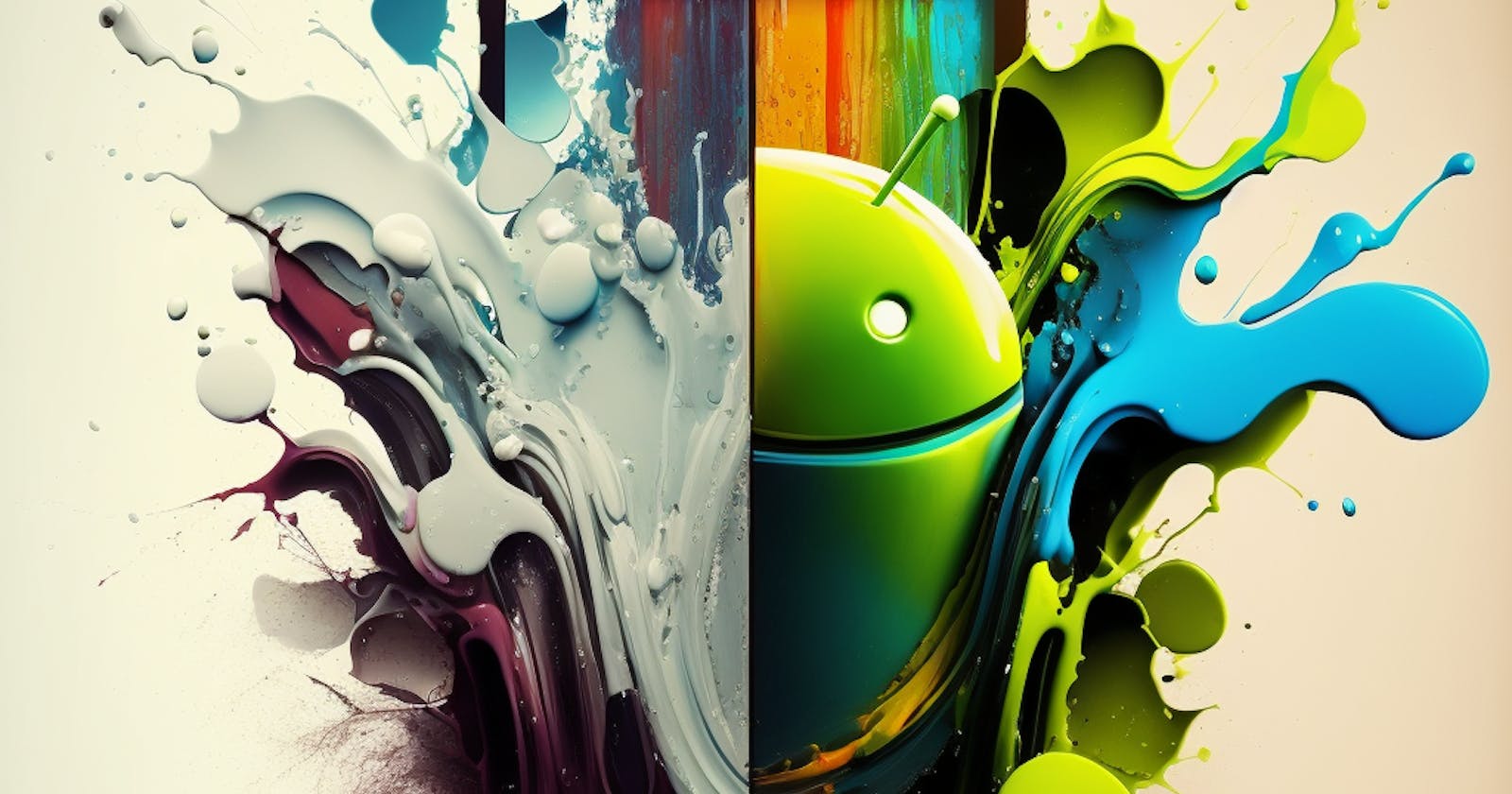Discover the Key Differences that Set Apart iOS and Android in App Development
Developing an app for either iPhone (iOS) or Android requires knowledge in software development and understanding of the target platform. Here are some of the key differences between developing an app for iOS and Android:
IDE (Integrated Development Environment):
iOS: Xcode is the primary IDE for iOS app development. It is only available for macOS and provides features such as a visual interface builder, debugging tools, and simulators for testing apps.
Android: Android Studio is the primary IDE for Android app development. It is available on Windows, macOS, and Linux and provides features such as a visual interface builder, debugging tools, and emulators for testing apps.
Programming languages:
iOS: Swift and Objective-C are the primary programming languages for iOS app development. Swift is a newer language developed by Apple, while Objective-C is an older language that is still widely used.
Android: Java and Kotlin are the primary programming languages for Android app development. Java has been used for Android development for many years, while Kotlin is a newer language that is becoming increasingly popular.
Design Guidelines:
iOS: iOS has a distinct design language, known as Human Interface Guidelines, that developers must follow to ensure that their app feels native to the platform. Apple places a strong emphasis on simplicity, clarity, and consistency in app design.
Android: Android also has design guidelines, known as Material Design, that developers must follow. Material Design provides guidelines for visual, motion, and interaction design. However, Android allows for more customization compared to iOS, and there is a wider range of design styles that are acceptable for Android apps.
App Store:
iOS: The only way to distribute an iOS app is through the App Store, which is managed by Apple. The App Store has strict guidelines for app submissions and has a more rigorous review process compared to the Google Play Store.
Android: The Google Play Store is the primary way to distribute an Android app, but there are alternative app stores available, such as the Amazon Appstore. The Google Play Store has less strict guidelines compared to the App Store and has a more lenient review process.
While both iOS and Android provide opportunities for app development, there are significant differences in terms of the tools, programming languages, design guidelines, and distribution channels used for each platform. Understanding these differences is crucial for choosing the right platform for your app and for ensuring that your app meets the requirements of the target platform.
If you're interested in learning more about app development and staying up-to-date on the latest industry news and trends, we encourage you to sign up for our newsletter. Our newsletter provides valuable insights and tips on app development, and we would love to keep you informed and connected. Join now and stay ahead of the curve in the exciting world of app development!
